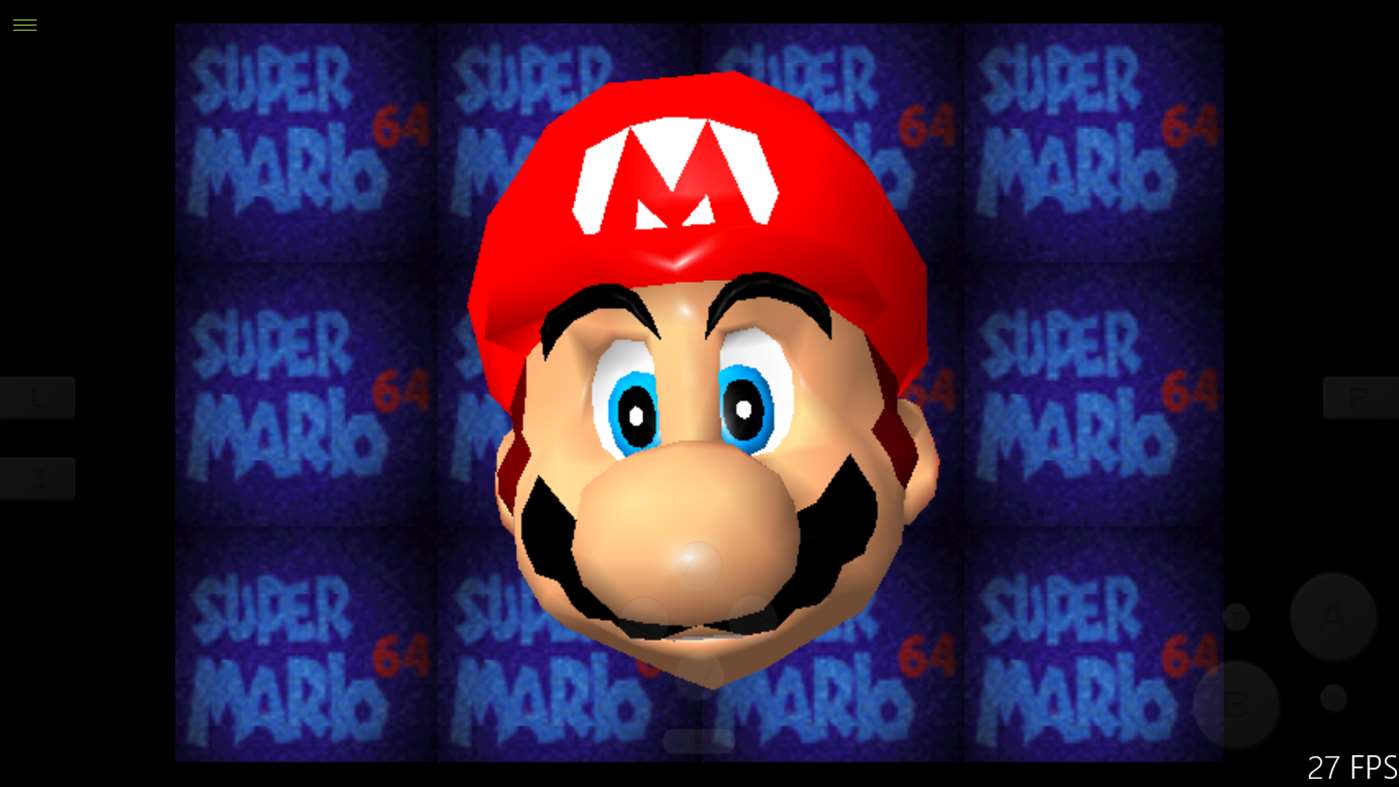Hey everyone! Been a while since I shared one of my deep dives, but I recently got my hands on something pretty special, and I just had to talk about it. We’re talking about a prototype of Super Mario 64. Yeah, that Super Mario 64. I’ve always been fascinated by how games are made, especially the classics, so this was a real treat.
Getting Started
So, how did I even stumble upon this? Well, you hear things, you read bits and pieces online, and eventually, if you’re curious enough, you find ways to explore these historical artifacts. It wasn’t exactly a walk in the park to get a working version. There were a few different files floating around, some more complete than others, some just plain broken. Took a bit of trial and error with emulators too, you know? These old development builds aren’t always cooperative with modern software. But, persistence paid off!

First Impressions and Early Discoveries
Once I got it running, the first thing that hit me was how… different it felt. Familiar, yet undeniably unfinished. Mario himself looked a bit rougher around the edges. His model wasn’t quite the polished version we all know. Some animations were a little janky, others were placeholders, and a few were just missing entirely. It was like looking at an early sketch of a masterpiece.
And guess what? There was actual evidence of Luigi! We’ve all heard the “L is Real” theories for decades, right? Well, in some of the data I sifted through, there were bits and pieces, character data that strongly suggested he was planned to be more than just a rumor. Seeing that with my own eyes was pretty wild, even if he wasn’t fully playable in the build I explored.
Exploring the Unfinished Worlds
The levels were a whole other story. This was the really fascinating part for me.
- Some areas were recognizable, like early versions of Bob-omb Battlefield or Whomp’s Fortress. But they were often barren, missing textures, or using very basic placeholder graphics. It was like walking through a blueprint of the game.
- Then there were completely unique areas, stuff that never made it into the final game. Test maps, probably, for developers to try out mechanics. One was just a big, empty space with a few platforms. Another had strange objects I couldn’t identify. It’s a glimpse into the ideas they were toying with.
- The scale of some levels felt different too. Maybe they were bigger initially, then scaled down for performance or gameplay reasons. You could see where objectives or stars might have been planned but weren’t implemented yet.
The camera, oh boy. We all remember wrestling with the N64 camera at times, right? Well, in the prototype, it was even more of a wild beast. It really makes you appreciate the polish that went into the final version’s camera system, even if it wasn’t perfect.
Sounds and Other Quirks
Sound design was also in a primitive state. Some familiar jingles were there, but maybe earlier orchestrations or completely different tunes for certain areas. Sound effects were often placeholders – sometimes quite comical, actually. It added to that “work-in-progress” vibe.
Many game mechanics were either missing or buggy. The full set of Mario’s moves wasn’t there, or they didn’t quite work as smoothly. Power-ups were scarce or non-functional. The overall game loop, collecting stars, progressing through worlds – that was mostly absent. It was more like a collection of test environments than a cohesive game.

What I Took Away
Spending a few days poking around this prototype was an incredible experience. It wasn’t about “playing a game” in the traditional sense, because it wasn’t really a game yet. It was more like digital archaeology. You get to see the scaffolding, the rough ideas, the dead ends, and the early sparks of brilliance.
It gave me a much deeper appreciation for the sheer amount of work, iteration, and problem-solving that goes into creating a legendary title like Super Mario 64. We see the final, polished product, but we rarely get to see the messy, experimental journey it took to get there.
It’s a reminder that even the greatest games start out as rough concepts. Seeing those early, clunky versions makes the final achievement seem even more impressive. It was a fascinating peek behind the curtain, and I’m glad I took the time to explore it. Makes you wonder what other historical gems are still out there, waiting to be rediscovered!